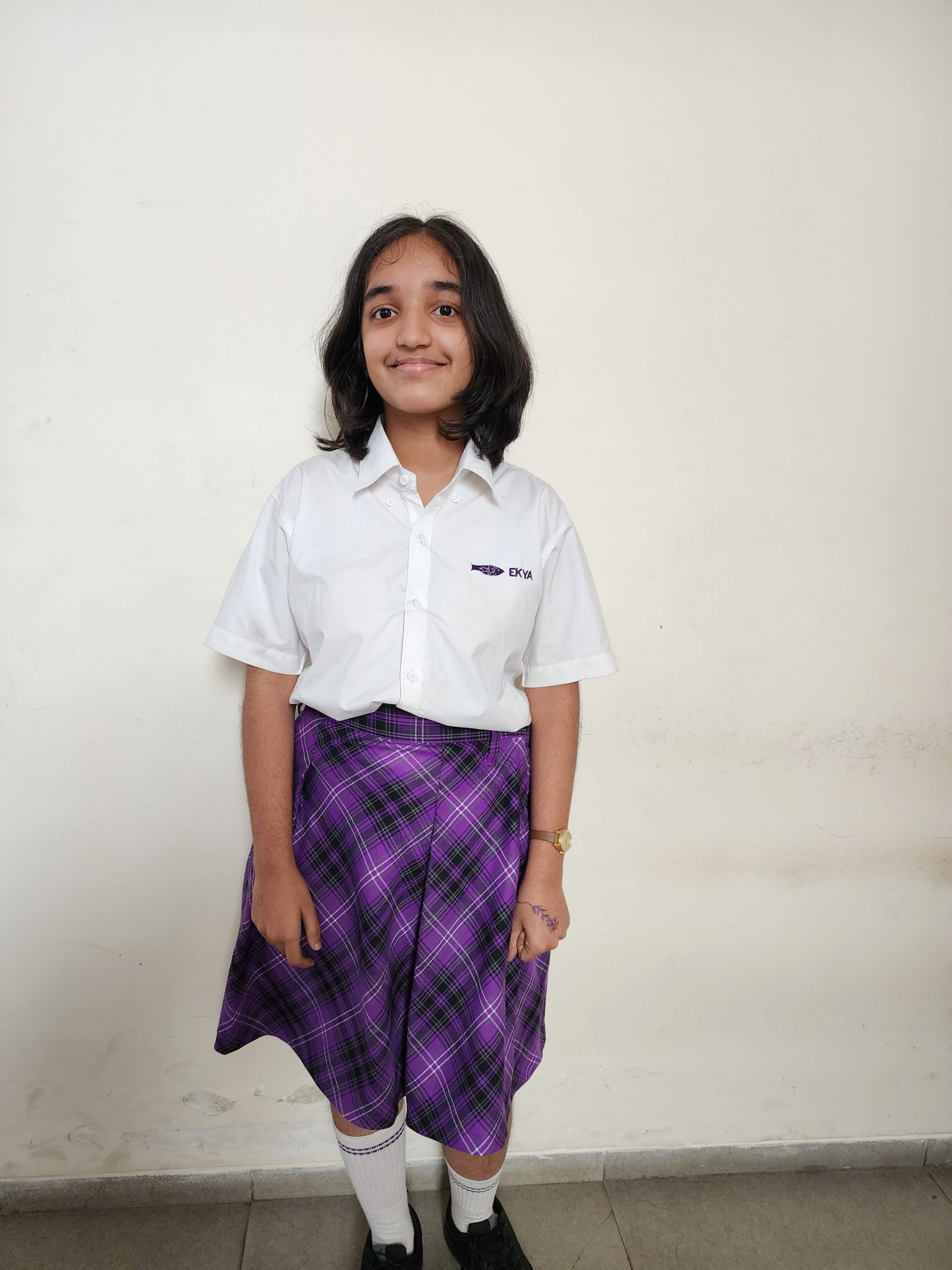Our Schools
Imagine no physical education (PE) or physical activity (PA) classes are allotted in the school timetable. Will the learning experience throughout the whole day be great? Not. The learning experience will be monotonous for the learners.
Is PE the only class where we can incorporate movement? Movement can be used in any classroom across all learning areas. Adding exercise in the school will result in more focussed, better-behaved students who can learn more throughout the day.
Physical activity is suitable for all. Research has shown that physical movement helps in academic excellence. Here are some of the benefits of incorporating trends in our classroom.
- Active engagement:
It helps capture and retain student students, thus increasing their engagement in learning.
- Improved focus and concentration:
Research has shown that physical activity stimulates the brain and enhances cognitive function. By incorporating short bursts of movement, such as stretching, jumping jacks, or simple exercises, students can release excess energy, increase blood flow to the brain, and improve their ability to concentrate on academic tasks.
- Retention of memory:
When students engage in physical activities while learning, such as acting out a concept or participating in hands-on experiments, they create multisensory experiences that reinforce learning. These experiences activate multiple brain regions, enhancing memory formation and improving long-term retention.
- Social and emotional well-being:
Cooperative movement activities in the classroom build cooperation, teamwork and social interaction among students
Ways to incorporate movement as part of our classroom culture:
- By adding gestures or motions to vocabulary words or important concepts.
- To let the students answer questions in a different manner that allows specific movement.
- The teacher can encourage the walk-and-talk strategy in the classroom, where students can walk around the school or in the corridors to discuss as space permits.
- We are incorporating a brain gym in between the sessions.
- Could you let one session happen in nature?
- “Simon Says” is a great way to have our students learn new concepts. This will create a connection between auditory and kinesthetic learning.
It’s important to note that incorporating movement in the classroom does not mean replacing traditional teaching methods but rather integrating training as a complementary tool to enhance the learning experience. Different activities can be tailored to suit students’ age groups, curricula, and individual needs, promoting an inclusive and dynamic learning environment.

By
Ms Moupriya Bhattacharjee
Teaching Staff
Ekya School, JP Nagar.
#StudentBlogger: Tiger By Sameeksha Rajesh, Grade 7C, Ekya Schools, JP Nagar
Tiger, tiger, on the prowl, Be careful if you hear it growl! Eyes glistening bright, Like crystals held up to the light.
Claws as sharp as a dagger, Its sheer ferociousness makes you stagger! Its coat glows orange and black, But tigers never hunt in a pack.
The tigers in captivity are very tame, But the ones in the wild live up to their name. Tigers feature in many a lore; Be on alert if you hear one ROAR!
By Sameeksha Rajesh, Grade 7C Ekya School, JP Nagar On the occasion of International Tiger Day
#TeacherBlogger: NUTRITION AND HEALTH By Ms Pooja Hegde, Ekya School, JP Nagar
Nutrition is a basic human need and a prerequisite for a healthy life.
A proper diet is essential from a very early age for growth, development and active life.
Nutrition is the science that deals with all the various factors of which food is composed and how proper nourishment is brought about.
It’s no secret that what you eat every day directly impacts your digestive system – and that some foods can make your belly feel worse than others.
Good nutrition helps fuel your body. The foods you eat supply the nutrients your body needs to maintain your brain, muscles, bones, nerves, skin, blood circulation, and immune system. Proper nutrition also helps protect you from illness and disease, such as heart disease, diabetes, cancer, and osteoporosis.
But certain foods have superpowers in the gut, actually upgrading the health of your microbiome (the trillions of bacteria that live there) – plus keeping you regular so you’re not struggling with constipation. Consider adding some of these to your grocery cart and putting them on your plate!
Fermented foods: These are probiotic-rich foods that bacteria have naturally preserved, so they help the beneficial bacteria in your gut to grow. That leaves less room for harmful bacteria that can cause illness.
-
- Fermented foods include:
Yoghurt: Look for “live and active cultures” on the label. Even if you have lactose intolerance, there’s a good chance you can handle yoghurt since the bacteria also ferments and breaks down the lactose.
Prebiotic foods: These plant foods work like “food” for probiotics, helping those good bacteria grow and flourish in your gut. Foods that naturally contain prebiotics include:
- Onions: Whether you eat them raw or cooked, they help feed healthy gut bacteria.
- Bananas: Very ripe bananas are sweeter, but less ripe bananas will have more prebiotic power.
- Sweet potatoes: They work as a prebiotic and are a great source of fibre.
- Apples: They contain pectin, a starch that acts as a prebiotic. (Bonus: They’re one of the most filling fruits, so they’re good at satisfying hunger.)
High-fibre foods: Fiber does many good things for your gut, like softening stools so they’re easier to pass. Just be sure to slowly add high-fibre foods to your diet, as too much fibre too quickly can give you bloating and gas.
- Beans: They’re a high-protein swap for meat and deliver loads of fibre.
- Raspberries: All berries are good sources of fibre, but raspberries are one of the highest-fibre fruits around. Buy frozen if fresh is hard to find.
- Seeds like flaxseed and chia seeds: Add these fibre-rich seeds to oatmeal and smoothies. (Just be sure to choose ground flaxseed to get the benefits.)
- Oats: No matter what kind you choose – old-fashioned, quick, or steel-cut –they’re fibre-rich and work as a prebiotic.
- Whole grains: For more fibre, trade white rice for brown, white pasta for whole-wheat, and egg noodles for barley noodles in soup.


By Ms Pooja Hegde Teaching Staff Ekya School, JP Nagar.











Leave a reply